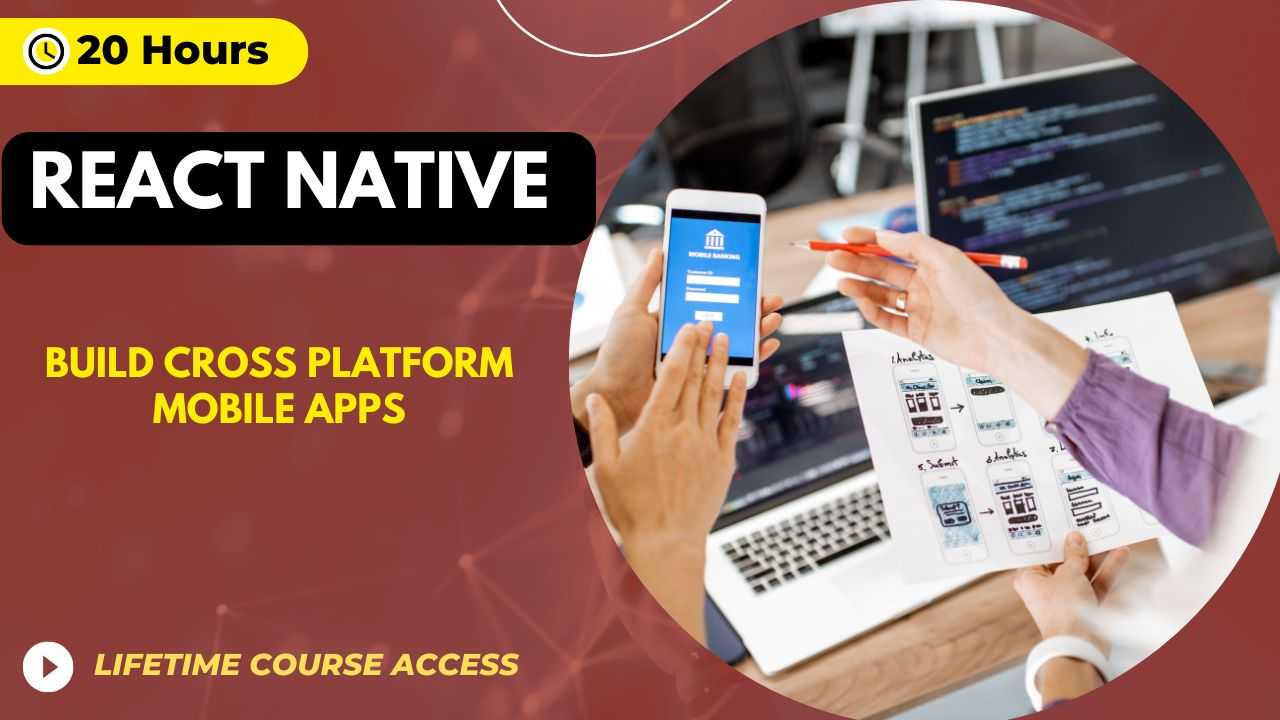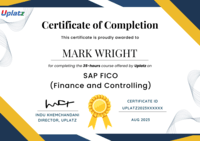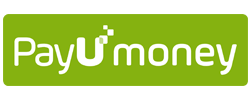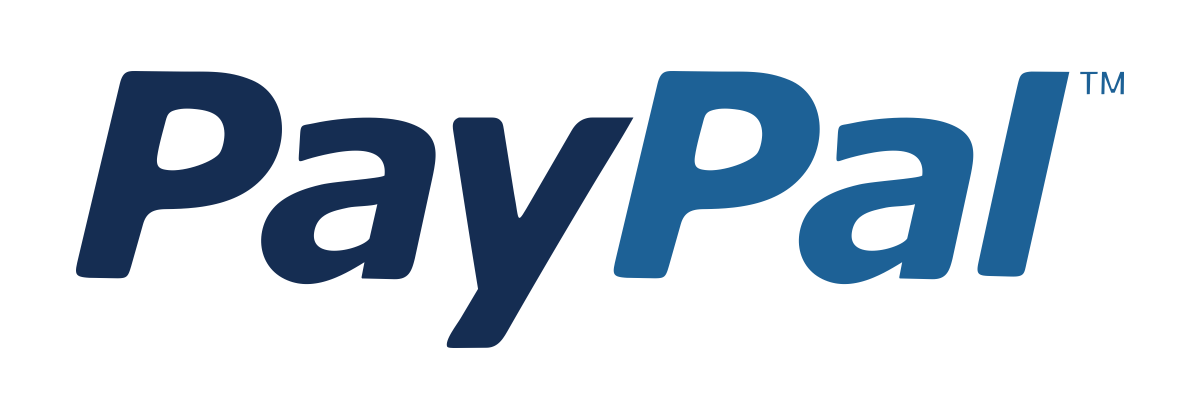React - Modern, Scalable & Interactive Web Apps
Master Modern Frontend Development with React, Hooks, State Management, and Full-Stack Integration
Course Duration: 16 Hours
Price Match Guarantee
Full Lifetime Access
Access on any Device
Technical Support
Secure Checkout
Course Completion Certificate
 91% Started a new career
BUY THIS COURSE (
91% Started a new career
BUY THIS COURSE (USD 12 USD 41 )-
 86% Got a pay increase and promotion
86% Got a pay increase and promotion
Bestseller
Highly Rated
Job-oriented
Google Drive access
Students also bought -
-

- Python Programming (basic to advanced)
- 30 Hours
- USD 12
- 2465 Learners
-

- React Native
- 20 Hours
- USD 12
- 2788 Learners
-
- JavaScript - Mastering Modern Web Development with Advanced Frameworks
- 15 Hours
- USD 12
- 648 Learners

React: Build modern, scalable, and interactive Web Applications – Self-Paced Online Course
React - Build Modern, Scalable, and Interactive Web Applications is a comprehensive, hands-on course designed to transform you into a confident, job-ready React developer. Whether you're just starting with frontend development or looking to solidify your understanding of modern JavaScript frameworks, this course is your gateway to mastering one of the most powerful tools in web development.
React is trusted by top tech companies like Facebook, Netflix, Airbnb, and Shopify to build fast, responsive, and user-friendly interfaces. Its component-based architecture, virtual DOM, and powerful ecosystem make it the preferred choice for scalable frontend development. In this course, you’ll go far beyond the basics—learning not just how to use React, but how to think like a React developer and build applications that are maintainable, performant, and production-ready.
We begin with the essentials: a crash course in modern JavaScript (ES6+). This section ensures you're comfortable with key concepts such as arrow functions, destructuring, spread/rest operators, modules, and asynchronous programming using promises and async/await. These skills are foundational to understanding and writing React code effectively.
Once you're comfortable with JavaScript, we move into the core of React. You'll learn how to build modular and reusable components using JSX, manage local state with useState, respond to user input, and handle events and forms. You'll understand how React uses the virtual DOM to efficiently update the UI and why it’s faster than traditional approaches to DOM manipulation.
The course then dives deeper into intermediate and advanced topics. You’ll master React Hooks—including useEffect, useContext, useRef, and custom hooks—giving you powerful tools for handling side effects, global state, and reusable logic within your components. This is where your understanding of functional components begins to mature into real expertise.
Modern applications require powerful and predictable state management, especially as they grow in size and complexity. That’s why we dedicate a full section to state management solutions. You’ll learn how to manage global state using the Context API and scale your applications using libraries such as Redux Toolkit, Zustand, and React Query. You’ll learn about reducers, actions, middleware, and best practices for asynchronous data fetching.
Navigation is another critical feature of any real application. You’ll explore React Router, learning to implement dynamic, nested, and protected routes to build single-page applications (SPAs) that behave like multi-page websites. You’ll also learn how to manage loading states, transitions, and page structures that enhance user experience.
To take your skills beyond the frontend, the course introduces Next.js, the most popular full-stack React framework. With Next.js, you’ll learn about file-based routing, server-side rendering (SSR), static site generation (SSG), dynamic routing, and API routes. This knowledge enables you to build blazing-fast, SEO-friendly apps with powerful backend capabilities—all while staying within the React ecosystem.
But we don’t just teach theory. This course emphasizes real-world, project-based learning, with multiple hands-on projects to reinforce each topic. You’ll build:
- An e-commerce site with a shopping cart and checkout flow
- A markdown-based blog platform with user authentication
- A dashboard with charts, filters, and analytics
- A responsive developer portfolio to showcase your work
These projects give you practical experience and become valuable assets in your job search or freelance career.
You’ll also learn to design stunning user interfaces using modern styling libraries like Tailwind CSS, Material UI, and Chakra UI, enabling you to deliver professional-grade designs without having to be a CSS expert.
To ensure code reliability and maintainability, you'll get introduced to component testing using Jest and React Testing Library, so you can build confidence in your codebase and catch bugs early in development.
No professional project is complete without deployment, and this course has you covered. You'll deploy your applications to platforms like Vercel, Netlify, and GitHub Pages, setting up CI/CD pipelines, handling environment variables, and configuring custom domains. By the end, you’ll understand how to move from local development to a live, production-ready application.
This course is suitable for a wide range of learners: from JavaScript developers transitioning from other libraries, to full-stack engineers enhancing their frontend skillset, to bootcamp graduates preparing for technical interviews. You’ll gain both breadth and depth in React and its ecosystem—equipping you with practical skills that are immediately relevant in today’s job market.
To support your job readiness, we’ll also help you build a strong developer portfolio and prepare for technical interviews with frequently asked React questions and their model answers.
Course Objectives Back to Top
By the end of this course, learners will have mastered a wide array of technical and practical skills that prepare them for real-world software development roles. This course goes beyond theory—through hands-on practice, guided projects, and full-stack development exercises, you will develop a deep, production-ready proficiency in React and its ecosystem.
By the end of this course, learners will:
-
Develop modern React applications using reusable components
-
Manage complex state using Hooks, Context API, Redux, Zustand, and React Query
-
Build multi-page single-page apps (SPAs) with React Router
-
Integrate and consume REST APIs with fetch and axios
-
Authenticate users with JWT and Firebase
-
Utilize Next.js for SSR, static generation, and API routing
-
Apply responsive design with Tailwind CSS, Material UI, and Chakra UI
-
Write unit and integration tests using Jest and React Testing Library
-
Deploy applications using Netlify, Vercel, and GitHub Pages
-
Build a professional portfolio with full-stack project examples
Course Syllabus Back to Top
React – Course Syllabus
1. Introduction to React
- What is ReactJS and why use it?
- Setting up the React development environment
- Creating a basic "Hello World" app
- Understanding stateless functions and reusable components
- Introduction to Create React App and project structure
2. Core Concepts of Components
- Creating and nesting React components
- Working with props to pass data
- Managing component state for dynamic UIs
- Common patterns and pitfalls with setState
- Differences between functional and class-based components
3. TypeScript with React
- Installing and configuring TypeScript for React
- Writing stateless React components in TypeScript
- Using props and states with TypeScript
4. Managing State in React
- Understanding basic and complex state management
- Event handling and managed form controls
- Avoiding common state-related anti-patterns
5. Working with Props
- Introduction to props and default props
- Using PropTypes for validation
- Spread operator for prop delegation
- Understanding children and component composition
- Identifying and managing child component types
6. React Component Lifecycle
- Lifecycle methods: creation, update, and removal
- Practical examples of when and how lifecycle methods are triggered
7. Forms and User Input
- Controlled vs uncontrolled components
- Handling user input and form submissions
8. AJAX and Data Fetching
- Performing HTTP GET requests in React
- Looping through fetched data to render lists
- Making AJAX calls without external libraries (Vanilla JS)
9. Component Communication
- Passing data from parent to child components
- Updating parent state from child components
- Communicating between unrelated components
10. Stateless Functional Components
- Creating and using stateless functional components
- Benefits and performance implications
11. Performance Optimization
- Measuring performance in React applications
- Understanding React’s diffing algorithm
- Virtual DOM vs Real DOM
- Best practices for efficient rendering
12. Server-Side Rendering (SSR) Basics
- Introduction to rendering React components on the server
13. Manual Setup with Webpack & Babel
- Creating a simple React app from scratch
- Installing and configuring Webpack and Babel
- Setting up HTML templates and transpiling components
14. React with Flow
- Using Flow to enforce prop type checking
- Enhancing stateless components with Flow annotations
15. JSX Deep Dive
- Working with props and children in JSX
- Proper use of keys in lists (element ID vs array index)
16. Higher-Order Components (HOC)
- Creating reusable HOCs
- Example: HOC for user authentication
17. React + Redux Basics
- Introduction to Redux
- Connecting components using connect from React-Redux
Certification Back to Top
Upon successful completion of this course, learners will earn a React Development Certification from Uplatz. This certificate validates your expertise in building modern, interactive, and scalable web applications using React and associated tools like Redux, Next.js, and Firebase.
The certification proves that you’ve gained hands-on experience in everything from component architecture and global state management to API integration, authentication, UI frameworks, and deployment. It’s a powerful addition to your resume, LinkedIn profile, and GitHub portfolio—demonstrating to potential employers and clients that you have both the depth and breadth of a modern frontend engineer.
Whether you're applying for developer roles, pursuing freelance work, or launching your own startup, this certification gives you a competitive edge by showcasing your technical fluency and real-world development experience.
Career & Jobs Back to Top
By mastering modern tools like React, Redux, Next.js, and Firebase, and building hands-on experience through real-world projects, you will be ready for a range of high-growth roles, including:
Graduates of this course will be equipped for roles such as:
- React Developer
- Frontend Engineer
- Full-Stack Developer (React/Next.js/MERN)
- UI Engineer
- JavaScript Developer
- Software Engineer – Frontend
You’ll be well-prepared for interviews, technical challenges, and freelance opportunities, with a strong portfolio to back up your skills.
Interview Questions Back to Top
- What is the Virtual DOM in React?
A: A lightweight copy of the real DOM that React uses to optimize UI updates. - What are React Hooks?
A: Functions like useState, useEffect, etc., that bring state and lifecycle features to functional components. - How does Redux differ from Context API?
A: Redux is more scalable and suitable for complex applications; Context is better for lightweight state sharing. - What is SSR in Next.js?
A: Server-Side Rendering allows pages to be rendered on the server for better performance and SEO. - How do you optimize a React app?
A: Use memoization (useMemo, React.memo), lazy loading, code splitting, and effective state management. - What are controlled components in React?
A: Components where form data is handled by React state rather than the DOM. - What is the purpose of useEffect?
A: It performs side effects such as data fetching, subscriptions, or manually changing the DOM. - How does React Router differ from traditional routing?
A: React Router manages client-side routing without full-page reloads, using history APIs. - What is Next.js and why use it?
A: A React framework for building production-ready applications with built-in routing, SSR, and static generation. - How do you secure a React app?
A: Use authentication (e.g., JWT), secure APIs, validate inputs, and avoid exposing sensitive logic in the frontend.
Course Quiz Back to Top
FAQs
Back to Top









